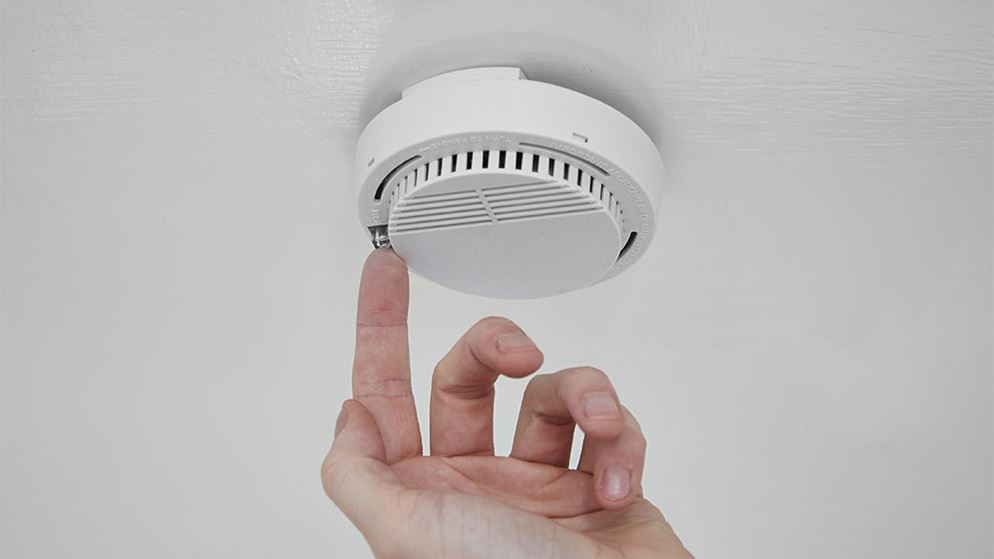Green-fingered Helen Pilkington is one of the most recent on-call firefighters to join Northamptonshire Fire and Rescue Service, balancing this work with her “day job” as a gardener.
Helen, who supports Rothwell Fire Station, joined the Service in 2019; little knowing her first year would be quite an eventful one for the service, and the country as a whole.
But during the pandemic, Helen carried out extra duties as part of her work as an on-call firefighter, making pharmaceutical deliveries to shielding patients and carrying out ambulance driving for East Midlands Ambulance Service.
She said: “Working within the community, people are always grateful we are there and it is rewarding. With the pharmacy runs, we dropped off medicines for people who couldn’t get out of their houses. They were really grateful.
I also started doing the ambulance driving, which was organised through the Fire Service and East Midlands Ambulance Service. We are all helping each other out.
It was something I thought would be possible now I had extra time off work throughout lockdown. I am trained now in immediate emergency care through my role at the fire service and thought this would be an opportunity to utilise my time and skills for the good of the community and inter agency collaboration.
I think taking on these roles made people think about how, as firefighters, we do so much more than just put fires out.”
Helen is also a busy mum of one but when her son went to junior school she decided she would have more time to join NFRS as an on-call firefighter.
She said: “When my son joined junior school I started having more time for myself and I wanted to do something completely different. I have lived in Rothwell for six years and wanting to do something for my local community was one of the factors.
When my son was in infant school, I remember that the fire service delivered a talk to his class on ‘stop, drop and roll’, which is the advice given to people if their clothing catches fire. He came back from school and that visit made such a big impact on him. They were only there for one afternoon but he talked about it for a few weeks. This is what made me think, ‘I would like to do something like that.’”
Helen now enjoys being a trained on-call firefighter and manages to balance this well with both self-employment and parenthood.
She said: “I have loved joining the fire service as an on-call firefighter. I enjoy being part of a team. I’m self-employed so usually I work on my own all of the time. In the fire service, everyone looks after each other and there is really good team support.
Joining the Fire Service has been everything I expected it would be and more. The most challenging thing about it is the development and you are always learning but it is good for my brain.
This job really gets you out in the community and gives you a whole different perspective on how the emergency services work.
I get so much from my work with the fire service. You are giving something up, your time, to take on on-call duties but it is never a chore.”








 Fire Risk Assessment (worked example for House in Multiple Occupation (HMO)) (PDF 389KB)
Fire Risk Assessment (worked example for House in Multiple Occupation (HMO)) (PDF 389KB)
